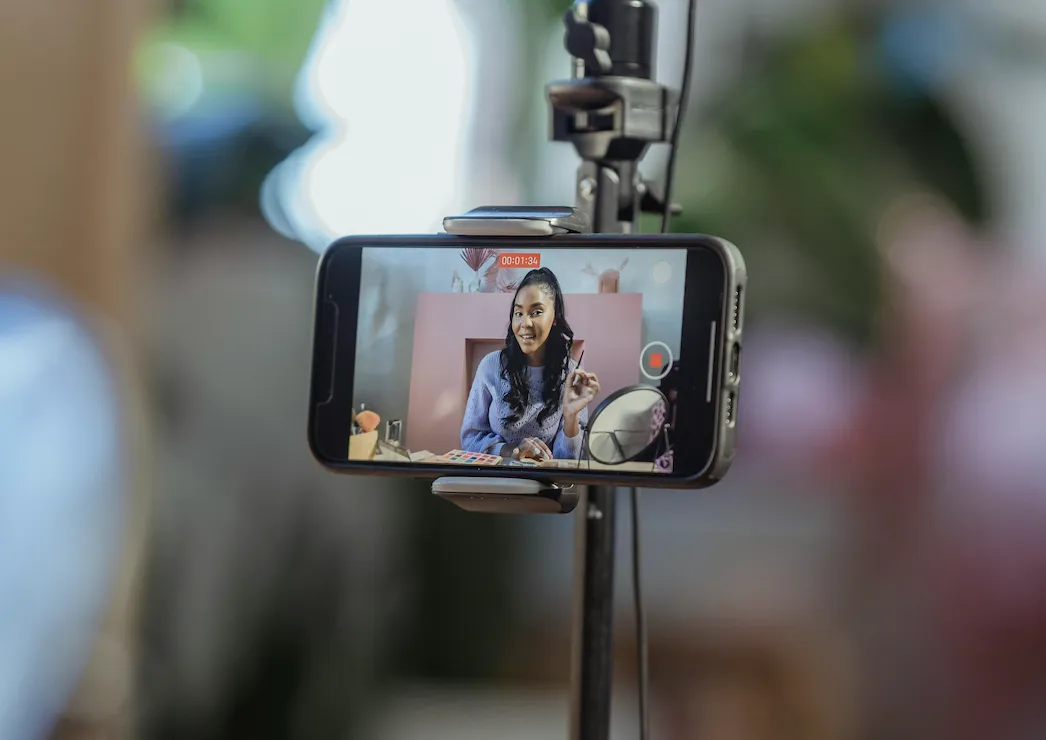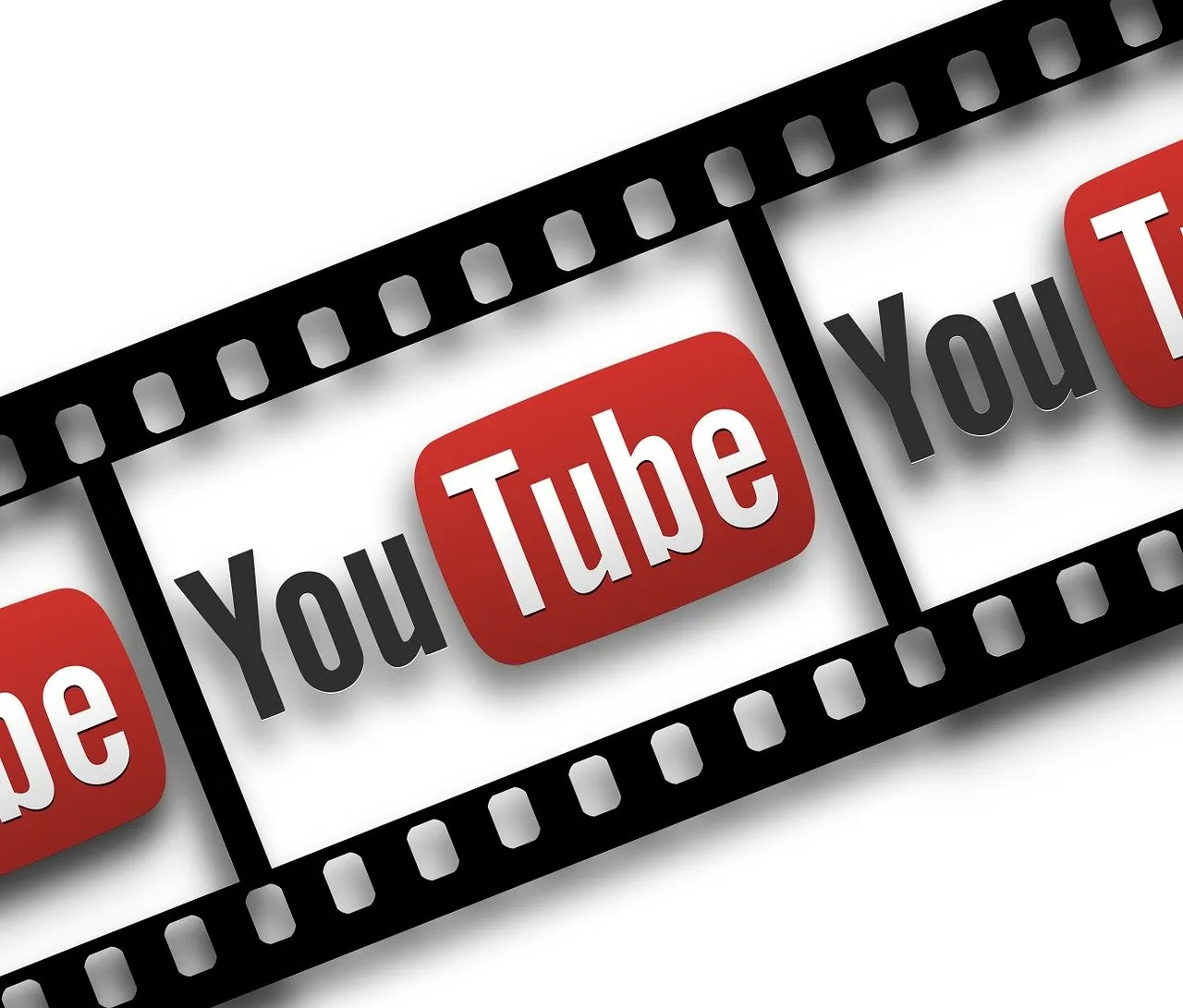Anyone who still thinks of classic billboards when it comes to outdoor advertising should perhaps take a look outside again. There are now digital advertising walls in more and more places — from train stations and airports to city centers to restaurants and even in medical practices. At the same time, the growth of Digital-Out-of-Home (DOOH) has increased rapidly once again in recent years. According to DMI (Digital Media Institute), the number of available screens rose by around 2014 and 2020 50,000 on over 145,000 pieces. Media spending also made a big leap, rising from around 140 million euros in 2016 to over 380 million euros in 2020. But what is driving the strong growth in DOOH? It is the versatility that DOOH brings. In addition to the generally very good visibility of outdoor advertising, Digital-Out-of-Home has several benefits that we already know from digital advertising. This includes the ability to use moving images, i.e. videos. This is also a great way to integrate DOOH into comprehensive campaigns, for example in combination with mobile or video. We give you eight tips to be successful with digital-out-of-home campaigns.

1. Use the technical options
What must be clear from the start when talking about digital-out-of-home: DOOH is more than just a digital poster wall. It is a dynamic format that can be designed interactively. For example, campaigns can be localized based on the location of the screens. Even the combination with other technologies such as augmented reality (AR) or Near Field Communication (NFC) is possible. The variety of options is therefore great. Marketers must therefore move away from the idea of simply digitizing classic posters. Because that would simply be wasted resources and potential.
2. Select the right screens
Choosing the right screens for the campaign is of course essential. Especially if you don't have a multi-million budget available, the right location often determines the success or failure of the campaign. For example, is the desired target group on the move at certain times, such as commuters or people who come to the city from the surrounding area to shop on Saturday? Or should it be a special advertising environment, such as fitness centers or medical practices? Suitable screens can also be found for specific target groups. It is better to invest a little more time in the selection process than blindly booking the first available space.
3. KISS - Keep It Short & Simple
Time is a highly competitive asset. Especially when it comes to the attention span of potential customers. Depending on the study, OOH campaigns are expected to have an average attention span of 3-5 seconds. In order to use this time sensibly and effectively, it is said: KISS - Keep it short & simple. Well-known claims and short, catchy texts help. For example, you can use the five-word rule, which states that a maximum of five other words (plus two as tolerance) should be used in addition to the claim. Kiss can also be transferred to the design. The rule here is: use a maximum of five design elements. This keeps visuals simple but still have enough stimulus points for maximum attention within a short period of time.
4. Pay attention to cultural fit
The more specific the target group, the better tailored the approach must be — even with a mass medium such as DOOH. For example, if you want to reach gamers, the design and wording should also be adapted accordingly. At the same time, you must prevent yourself from getting lost in clichés and stereotypes. However, with the right identification of the target group and the appropriate insights, this tightrope is easy to overcome.

5. Don't forget the sender
This is actually a very simple rule, yet it is repeatedly disregarded. The sender of the campaign must be identifiable. What is the use of the best strategy and the most unusual creatives if they cannot be attributed to any company or brand? Integrating the logo correctly in the right place provides a quick and easy solution.
6. Be emotional & involved
Emotional imagery has always been part of the portfolio of every good advertisement. DOOH goes one step further and makes it possible to use the concentrated power of moving images. Who says that video advertising should only be shown on TV or connected TV? Of course, the classic 15 or 30 seconds cannot be played one-to-one on DOOH screens. But distinctive scenes and excerpts can be wonderfully adopted and used for DOOH campaigns. In this way, a comprehensive campaign look can be created that provides customers with a high recognition value.
7. I want you - make use of opportunities
As with digital marketing channels in general, DOOH in particular comes with a number of targeting options, which you should use accordingly. In particular, classics such as geodata (see #2) and current weather influences can be used for targeting and integration into DOOH campaigns. In this way, location-based promotions or offers can be automatically played out at the respective locations. For example, a long-distance bus provider can use screens to display the timetables of the respective cities locally in combination with special offers. This results in local targeting with added value for the potential customer. In particular, the combination with smartphones and mobile data offers enormous potential to get even more out of DOOH campaigns.
8. Performance measurement & optimization
Digital-out-of-home also opens up new ways of measuring the success of outdoor advertising. And thus also opportunities for targeted optimization. For example, it is already possible to record movement data and user interaction via smartphones. There are also likely to be major developments in this field in the coming years. In addition, unique landing pages and hashtags can be used to measure generated online traffic and social media involvement. In addition, it is possible to run targeted surveys to determine the brand impact.
Reach people wherever they go
Digital-out-of-home is, in a sense, outdoor advertising 2.0 and offers advertisers increasingly innovative opportunities. From new design options to integration into comprehensive campaigns in conjunction with other digital formats, such as connected TV, digital video or mobile. Here too, there are only a few limits to creativity. In addition, people are picked up exactly where they are traveling: in city centers, on public transport, at the doctor or during sports. This makes DOOH the perfect advertising opportunity for local chain stores and retailers as well as direct-to-consumer brands who want to reach their target groups directly, attract attention and strengthen their brand.





